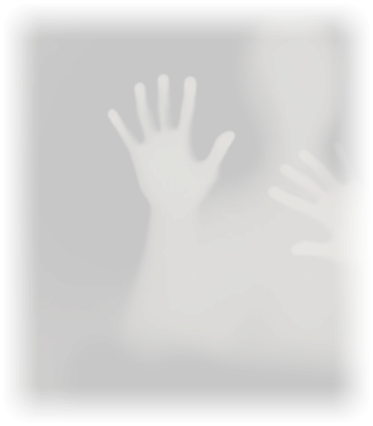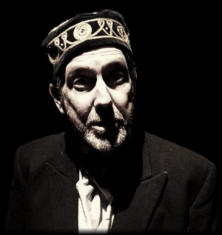

Many
of
our
shows
explore
the
relationship
between
the
original
source
material
and
its
broader
appeal
in
subsequent
twentieth
century
popular
culture.
This
allows
us
to
mix
fact
with
fiction,
to
enable
famous
fictional
characters
to
meet
with
real
historical
personages.
By
doing
so,
our
stories
can
blend
different
genres
whilst
exploring
the
impact
each
has
on
the
other.
We
also
look
at
how
social
and
cultural
events
from
the
period
still
resonate
today,
and
we
enjoy
including
little
references
which
add
poigniancy
(and
in
many
cases
humour!)
to our material.


Improvisation
is
a
big
feature
of
our
shows,
particularly
in
relation
to
audience
participation.
Our
actors
use
great
skill
in
maintaining
the
language,
attitude and idiom of the era when talking directly to audience members.
Leave your mobile phone switched on at your peril!
We
liken
the
stage
and
its
set
dressing
to
a
traditional
pop-up
book.
There
is
no
fourth
wall,
and
so
audiences
must
be
prepared
to
be
engaged
fully.
The
direction
and
staging
of
each
piece
is
stylised
and
symbolic,
allowing
each
audience
member
to
use
his
or
her
imagination to augment the scene being set.

Our
theatrical
style,
the
aesthetics
of
what
we
stage,
is
strongly
influenced
by
the
classic
Universal
horrors
of
the
1930s
and
1940s,
and
the
films
of
Hammer
Studios
in
the
1950s
and
1960s.
Incidental
music,
sound
and
lighting
effects
support
the
narrative
and
to
infuse
it
with
its
own
distinct
character.
Lighting
is
employed
to
create
a
moody
ambience,
with
shadows
cast
by
and
upon our actors lending to the air of menace.



thebestcellar@gmail.com
©’Don’t Go Into The Cellar!’ 2025 All rights reserved

Formed
in
2010,
Don't
Go
Into
The
Cellar!
are
the
UK’s
finest
practitioners
of
theatrical
Victoriana in a macabre vein.
The
company
is
based
in
the
heart
of
the
West
Midlands,
and
the
region
has
links
with
some
of
the
greatest
Victorian
and
Edwardian
genre
writers.
Sir
Arthur
Conan
Doyle
began
his
career
as
a
writer
while
practicing
medicine
in
Birmingham
and
Fu
Manchu's
creator,
Sax
Rohmer
,
was
born
there,
too.
Washington
Irving
penned
his
classic
horror
tale,
"The
Legend
of
Sleepy
Hollow"
whilst
living
in
Birmingham,
and
Charles
Dickens
performed
often
at
the
second
city's
Town
Hall,
giving
the
very
first
public
reading
of
"A
Christmas
Carol"
there
in
1853.
The
famous
humourist
Jerome
K.
Jerome
,
author
of
"Three
Men
in
a
Boat"
was
born
in
nearby
Walsall.
Both
he
and
Dickens
were
marvellous
exponents
of
the
macabre
tale
when the mood took them, and the spirits of all these nineteenth-century greats haunt our stage-work.




Artistic
Director
Jonathan
Goodwin
has
been
fascinated
with
the
Victorian
and
Edwardian
eras
since
childhood,
and
especially
the
works
of
Conan
Doyle,
Stoker,
Stevenson,
M
R
James
and
their
ilk.
Indeed,
the
first
novel
he
can
recall
reading
is
The
Hound
of
the
Baskervilles, when he was six or so.
Jonathan
was
an
avid
viewer
of
the
black
and
white
Sherlock
Holmes
films,
the
Bela
Lugosi
and
the
Boris
Karloff
films,
and
the
early
Hammer
Horrors
back
in
the
days
when
they
were
still
screened
on
TV.
Little
could
he
have
known
that
all
of
that
would
one
day
lead
to
his
following
in
their
footsteps
on
stage!
Indeed,
he
even
corresponded
several
times
with
Peter
Cushing on
the
topic
of
acting,
when Goodwin
was
still
a
teenager.
Peter
Cushing
was
one
of
the
first
actors
a
young
Goodwin
watched
playing
Sherlock
Holmes,
in
fact,
along
with
Basil
Rathbone. They remain his favourites to this day, along with Jeremy Brett, naturally.
Jonathan
is
an
omnivorous
reader
and
a
bit
of
a
bookworm.
On
his
bookshelves
are
innumerable
titles
on
Victorian
and
Edwardian
crime,
plus
works
by
all
the
late
nineteenth
century's
greats
of
popular
fiction.
But
he
always
allows
his
imagination
free
rein
when
writing
scripts,
and
thinks
a
degree
of
artistic
licence
is
allowed
when
crafting
a
piece
of
entertainment – however macabre the subject matter!















